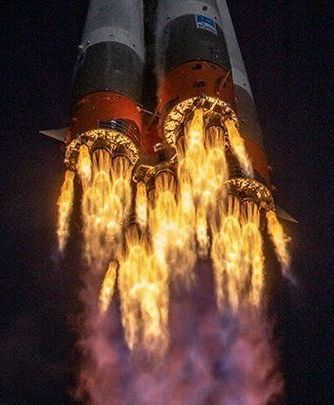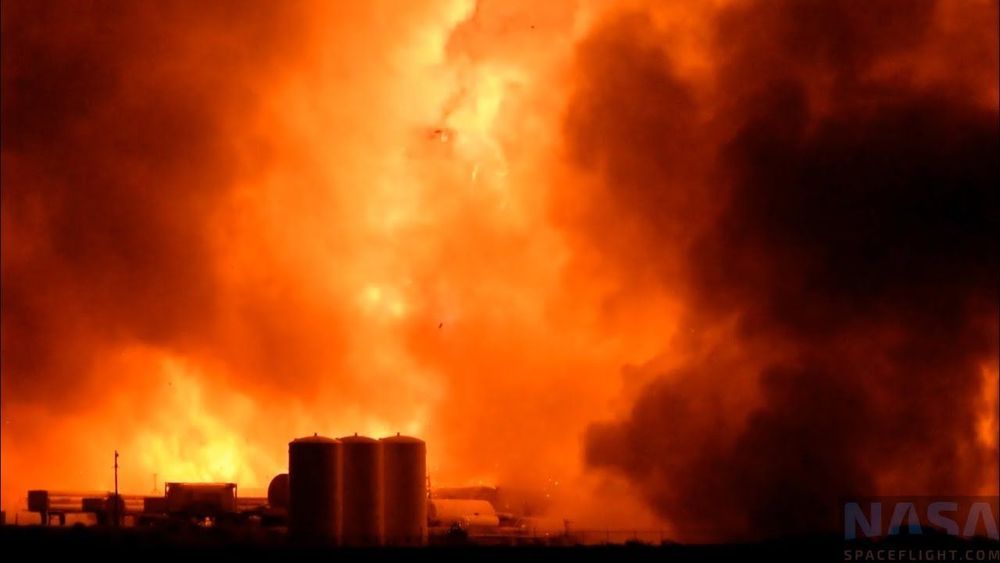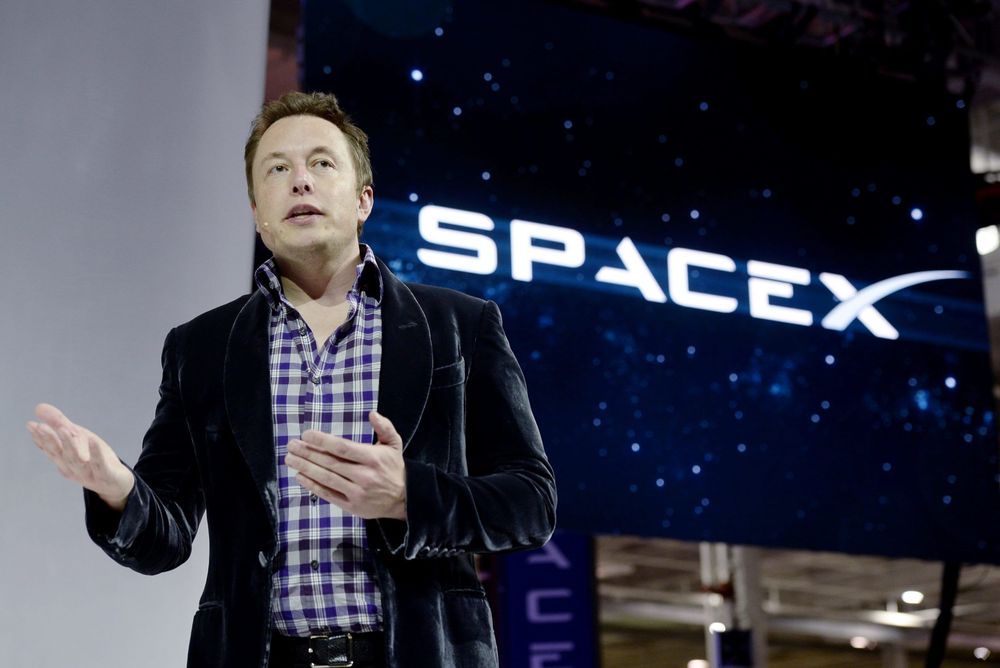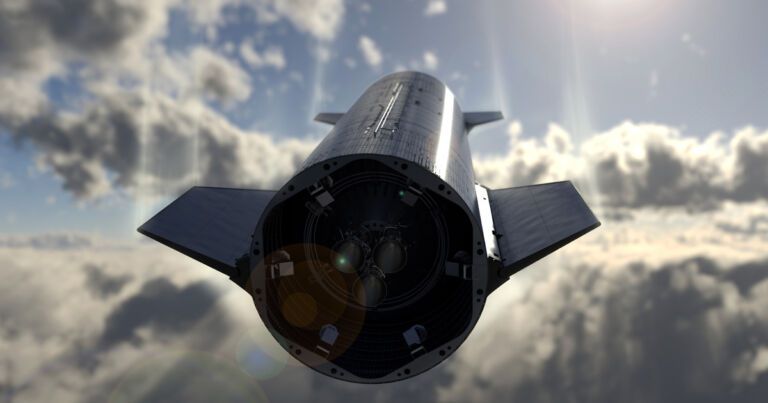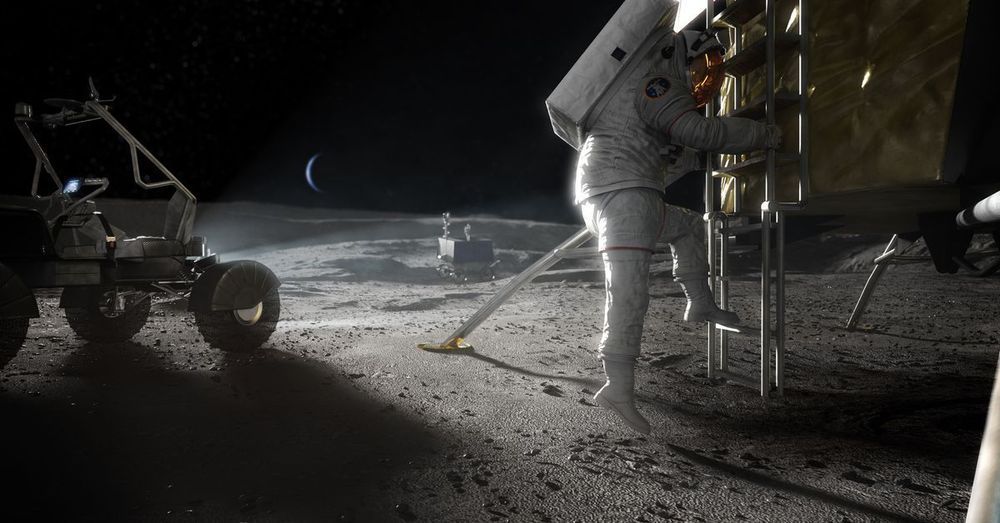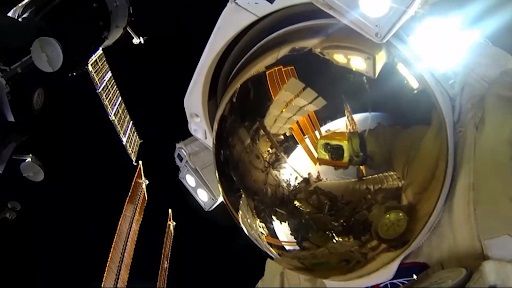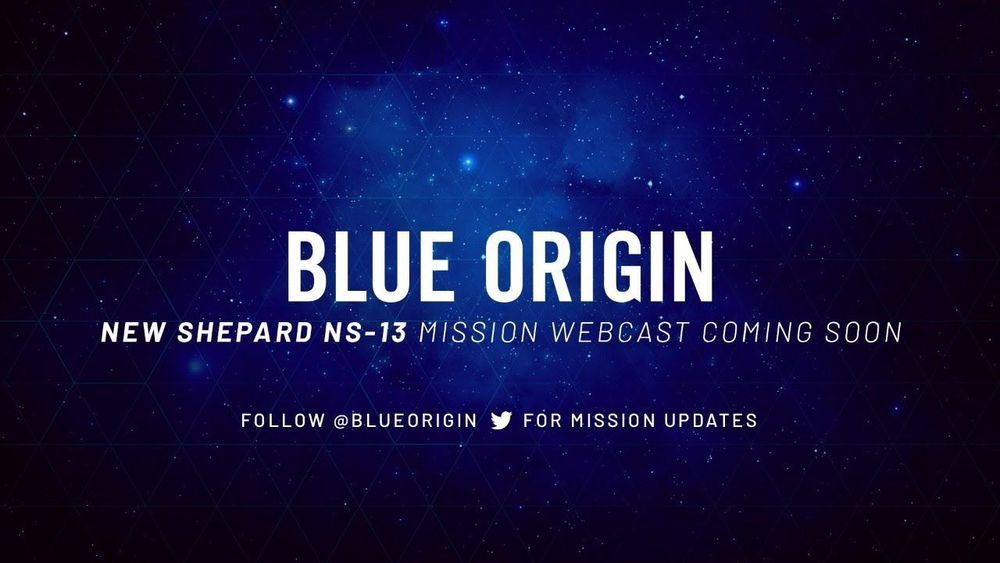A three-person crew successfully reached the International Space Station on Wednesday aboard a Russian rocket after the fastest ever journey from Earth of just over three hours.
The mission of the Soyuz space craft carrying two Russian cosmonauts and one NASA astronaut was of immense importance to Russia’s space agency Roscosmos, coming as the SpaceX programme relaunches crewed spaceflight from the United States and ignites fresh talk of a space race between the two countries.
Roscosmos said “a new record for flights to the International Space Station was set – the total time from launch to docking of the Soyuz MS-17 was three hours and three minutes.”
